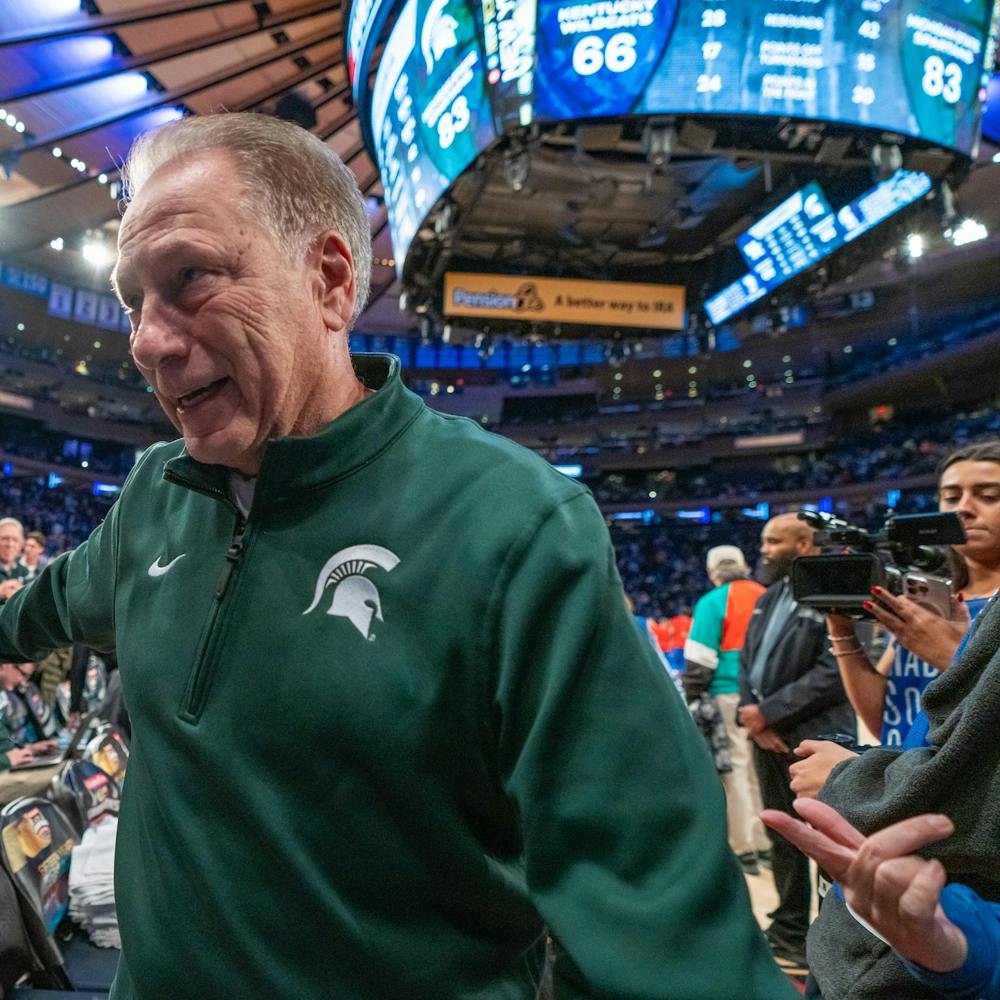As one of the richest and most technologically advanced societies in the history of societies, the U.S. should offer the most advanced education system in the world. We in the U.S. certainly have the resources to make that happen, and we need to raise smart, high-achieving children to replace us. So far, this hasn’t happened.
The U.S. ranked in the bottom half of 40 countries surveyed for mathematics skills and just made it into the top half in reading by test scores — U.S. 15-year-old students ranked 28th in math and 18th in reading. Even worse, the U.S. had the poorest outcome per dollar spent on education, according to the Programme for International Student Assessment. The program was created by the Paris-based Organization for Economic Cooperation and Development, a group which represents 30 countries worldwide, including every major industrialized nation, and based the results on tests given to student in 2003.
One year after Sept. 11, 2001, only 13 percent of young U.S. citizens could find Iraq on a map, according to a survey by the National Geographic Society. Sure, Iraq is all the way across the ocean, but the same survey found more people knew where the previous season of “Survivor” was than could find New Jersey on a map, and 49 percent of U.S. citizens couldn’t find the state of New York. How embarrassing.
Two summers ago, when I studied abroad in Australia, I learned Australian professors are trained to grade U.S. students easier than Australian students to compensate for the learning gap between the two countries. So why are U.S. students so far behind?
The Department of Education introduced the No Child Left Behind Act, or NCLB, in 2001 to increase the proficiency of students in all schools. It uses standardized tests to measure student proficiency in math and reading and requires states to increase test scores and proficiency. States are responsible for creating their own tests, but they can reset the minimum for passing scores, rewrite tests and revise academic standards at any time.
But NCLB hasn’t worked. The tests in some states are conspicuously easier than others. A new study, titled “The Proficiency Illusion,” looked at the differences between state standards on NCLB tests, and concluded Michigan has some of the lowest standards for reading in the country and is in the lower half of mathematics standards. Even worse, since state and national funding is tied to testing success, many schools across the country simply make their tests easier to improve passing rates. This is great for the pocketbooks of school districts but is doing nothing favors for the children trying to learn.
And despite watered-down standards in some states, teachers everywhere feel the pressure to make sure their students pass. While the goal of NCLB is to increase the quality of teaching in the classroom, and while that does happen in some cases, all too often teachers simply “teach to the test,” giving students strategies to score well on standardized tests instead of teaching them to think logically and learn the material. Thus improvements in NCLB scores around the country often don’t indicate an actual increase in student proficiency. Instead, they represent watered-down tests, lowered standards and the ever-present push to get students up to the bottom line.
Another problem is the idea of set school districts and the high costs associated with private schooling. It’s no secret inner-city schools and, conversely, very rural schools provide poorer schooling than many affluent suburb communities. Teachers take home paychecks and public schools receive funding regardless of how poor of a job they really do. Teachers’ pay and jobs should be directly affected by how well their students learn.
Now, I’m not condemning all teachers in the U.S. But there are many teachers who don’t teach effectively, and there are many teachers unions fighting to preserve those teachers’ jobs and wages. The public school system has created a monopoly on education, and with little to no competition from other teachers and schools, the system has stagnated.
There is no easy answer to reforming education in the U.S. Parents should be able to decide which schools they send their children to, and schools should receive funding based on the number of students enrolled. That way, teachers would have to do a good job to keep their students, and, most importantly, the next generation of U.S. students would be intellectually prepared for the future.
Liz Kersjes is the State News opinion writer. Reach her at kersjese@msu.edu.
Support student media!
Please consider donating to The State News and help fund the future of journalism.
Discussion
Share and discuss “Strengthening U.S. education” on social media.





